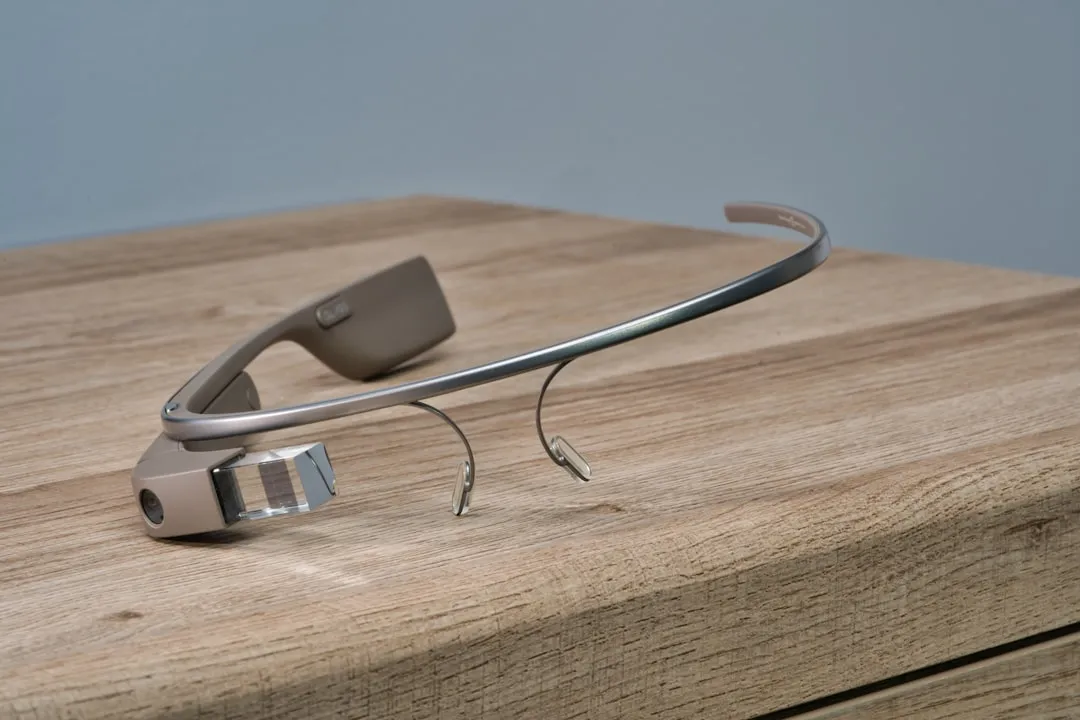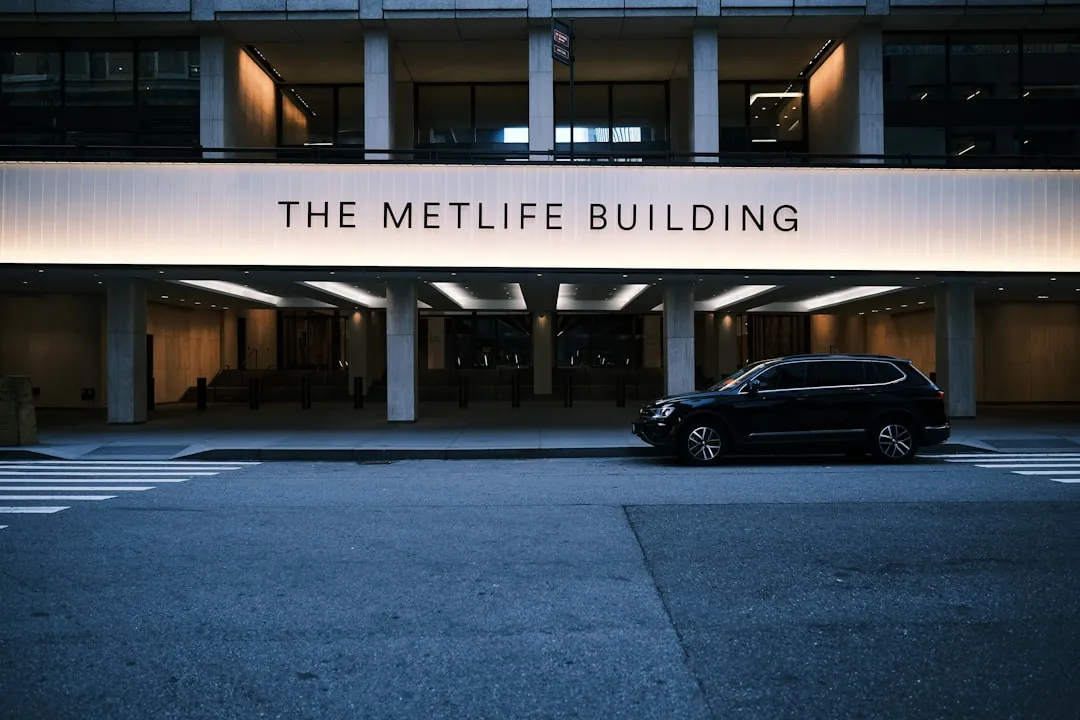Thanks to a new update to Amazon Sumerian, developers will now be able to not only create more realistic 3D content, but also build AR experiences more easily.
This week, Amazon revealed that its AR and VR development platform now supports physically-based rendering (PBR), a method of shading 3D content that takes into account the physical properties of the content, such as whether an object is metal or non-metal, to properly render how light reflects off the object.
- Don't Miss: Amazon Offering More than $100K in Prizes for Augmented Reality & VR Apps Built with Sumerian
Sumerian's PBR support extends to two material types, Metalness, which cover metal and roughness, and Specular, which covers reflective and glossy surfaces. With each type, developers can specify color and control texture properties.

With physically-based rendering, developers can make content, like this museum artifact, look more realistic with respect to materials and light reflections.

With physically-based rendering, developers can make content, like this museum artifact, look more realistic with respect to materials and light reflections.
Amazon is also providing a library of PBR files, including 11 materials, like brick and metal, and 10 high-dynamic-range imaging (HDRI) lighting scenes for indoor and outdoor environments. Alternatively, developers can import their own Environment Lighting (HDR) assets, with files up to 20MB supported.
On the ease-of-use side of the platform, Amazon Sumerian is gaining a new feature called Product Configurator Templates. The templates help users create product models that come with configuration options, which allows customers can view different versions of the product.

With PBR support, Sumerian users can control the color and texture, such as metalness and roughness.
Available in the templates section of the Sumerian Editor, the Product Configurator includes options for various material finishes, such as rubber, metal, and wood, with realistic appearances.
Over the past year, Amazon has positioned Sumerian as a AR and VR platform where coding experience is not necessary, but the company isn't alone in trying to popularize such tools. Currently, Sumerian exists in a fairly crowded marketplace, with Zappar, WiARframe, Verizon's Envrmnt, and Torch all offering similar platforms for easy-to-use AR experience creation.
For its part, Amazon's platform has managed to deliver several high-profile AR experiences of late, including activations for Sony Pictures and MillerCoors.
However, the competition for grabbing the attention of mobile AR creators is about to get even more intense, with Apple bringing its Reality Composer to iOS this fall.
Cover image via Amazon Sumerian/YouTube

























Comments
Be the first, drop a comment!